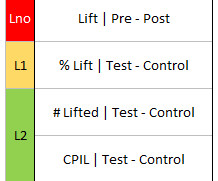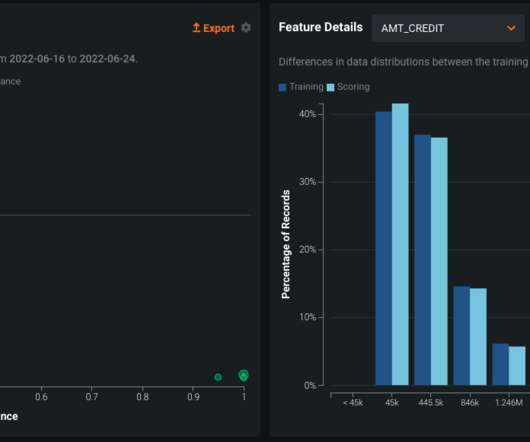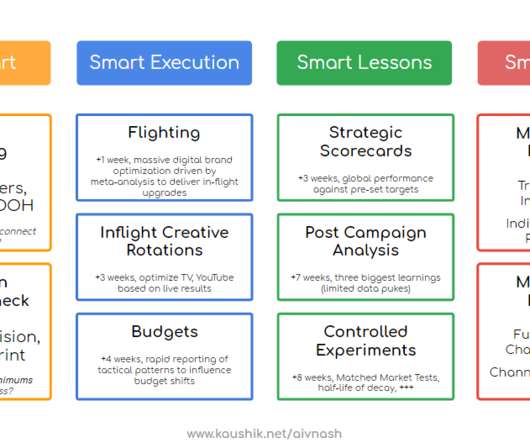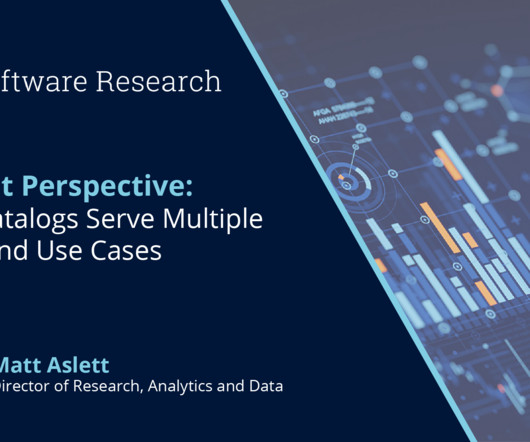How to get your CFO to buy into a better model for IT funding
CIO Business Intelligence
MARCH 25, 2024
Modern digital organisations tend to use an agile approach to delivery, with cross-functional teams, product-based operating models , and persistent funding. But to deliver transformative initiatives, CIOs need to embrace the agile, product-based approach, and that means convincing the CFO to switch to a persistent funding model.


























Let's personalize your content